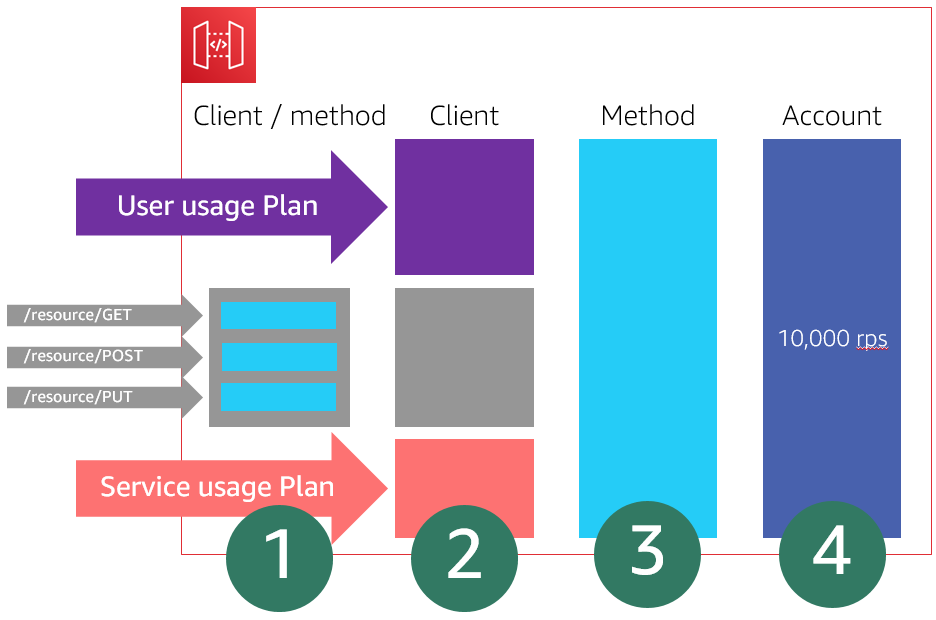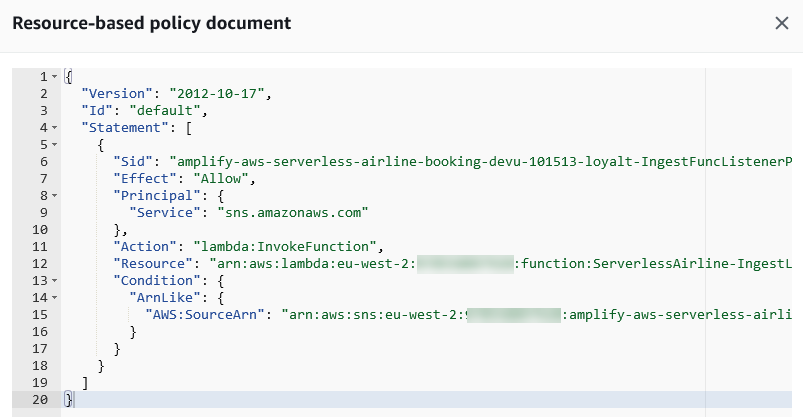AWS Compute Blog
Category: Messaging
Building well-architected serverless applications: Regulating inbound request rates – part 1
This series of blog posts uses the AWS Well-Architected Tool with the Serverless Lens to help customers build and operate applications using best practices. In each post, I address the serverless-specific questions identified by the Serverless Lens along with the recommended best practices. See the introduction post for a table of contents and explanation of the example application. Reliability question REL1: […]
Using Amazon MQ for RabbitMQ as an event source for Lambda
Amazon MQ for RabbitMQ is an AWS managed version of RabbitMQ. The service manages the provisioning, setup, and maintenance of RabbitMQ, reducing operational overhead for companies. Now, with Amazon MQ for RabbitMQ as an event source for AWS Lambda, you can process messages from the service. This allows you to integrate Amazon MQ for RabbitMQ […]
ICYMI: Serverless Q2 2021
A review of everything that happened in AWS Serverless in Q2 2021.
Building well-architected serverless applications: Managing application security boundaries – part 1
This series of blog posts uses the AWS Well-Architected Tool with the Serverless Lens to help customers build and operate applications using best practices. In each post, I address the serverless-specific questions identified by the Serverless Lens along with the recommended best practices. See the introduction post for a table of contents and explanation of the example application. Security question SEC2: […]
Introducing the SMS sandbox for Amazon SNS
This post describes the SMS sandbox in SNS. It shows how you can configure the SMS sandbox features, quotas, and how you can move out of the sandbox.
Provisioning and using 10DLC origination numbers with Amazon SNS
Effective June 1, 2021, US telecom providers require one of the following types of origination numbers be used for application-to-person (A2P) text messaging (SMS) to US destinations: Short codes 10-digit long codes (10DLC) Toll-free numbers An origination number is a numeric string that identifies the SMS message sender. This blog post explains how customers using […]
Processing satellite imagery with serverless architecture
This post shows how to deploy an imagery processing pipeline in the AWS Cloud. It is decoupled to allow both pre and post-processing extensions to be integrated into the pipeline more easily. Visit the code repository for further information.
Operating Lambda: Debugging configurations – Part 3
This post explains common integration errors in Lambda-based applications. These include running an unintended version or alias of a function, triggering infinite loops unintentionally, and issues with downstream availability. In each case, I explain steps you can take to remediate the issue.
Introducing message archiving and analytics for Amazon SNS
In this post, we show how SNS delivery to Kinesis Data Firehose enables you to integrate SNS with storage and analytics services. The example shows how to create an SNS subscription to use a Kinesis Data Firehose delivery stream to store SNS messages in an S3 bucket.
Discovering sensitive data in AWS CodeCommit with AWS Lambda
This post demonstrates how you can implement a solution to discover secrets in commits to AWS CodeCommit repositories. It also defines different strategies to remediate this.









